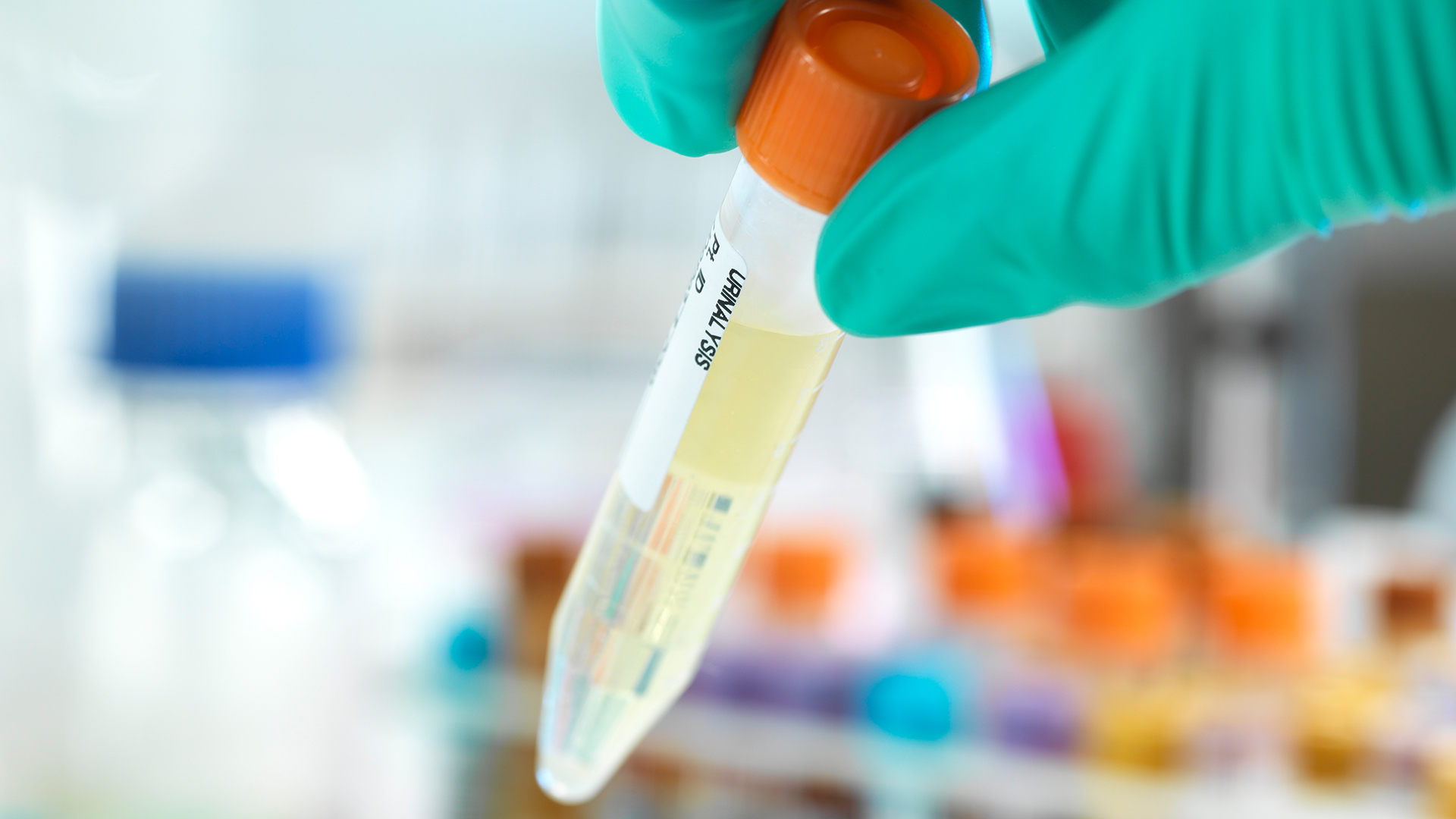
The idea that pee is sterile is often shared as a surprising factoid and is even cited by some respected hospitals and public health departments. But does this idea still hold up? Is pee actually sterile?
"No, of course not!" said Dr. Elizabeth Mueller, a urologist at Loyola University Medical Center in Illinois. Like many people, she once believed the urinary tract lacked bacteria in its normal state. But then her colleague Alan Wolfe, a professor of microbiology at Loyola University Chicago, heard that idea and was dumbfounded. "There's a hole to the outside," he told Live Science. "What force field is keeping the bacteria out?"
So Wolfe, Mueller and others set out to do some myth busting. In 2014, they published a paper in the Journal of Clinical Microbiology showing that the female bladder — and, consequently, urine — contains a community of bacteria, just like every other organ in the human body does.
This "urobiome" is diverse, according to both their work and research by other teams since. The standard urine culture used to screen for the presence of complex urinary tract infections (UTIs) in the bladder simply is not sensitive enough to see most bacteria. Designed in the 1950s, that test "has a 90% false negative rate," Wolfe said.
To investigate the possibility that the bladder might contain bacteria as the norm rather than the exception, the Loyola team sequenced bacterial genomes from 65 female patients' bladders. They found 85 species of bacteria, many of which are also commonly found in bacterial communities in the gut and in the vagina, and some of which were only found in patients with overactive bladder.
Related: How much urine can a healthy bladder hold?
Wolfe said the real credit for the urobiome's discovery goes to Rosalind Maskell, who figured out that pee was not sterile back in the 1970s. Yet her work was ignored for decades.
Maskell trained as a physician and then took time off to raise her children before returning to work as a clinical assistant in a public health lab. Many patients' urinary symptoms, like frequent or painful urination, were unexplained by their lab test results, which came back negative for bacteria.
She hypothesized that bacteria were growing naturally in the bladder, but that they were not showing up in tests because the conditions were wrong: the standard lab test grew bacteria from samples overnight in the open air; urinary tract bacteria probably grew best in conditions more like the bladder — anaerobic or high-carbon dioxide — and they might be slower-growing. She conducted experiments using those conditions to test the idea. Sure enough, in her first experiment, she found bacteria in 81% of her samples. The most common genus was Lactobacillus, which is also found in the gut and in the vagina.
"They were really nicely designed studies," Wolfe said. Maskell also hypothesized that some persistent UTIs result from the antibiotics being used to try to treat them: that they were the result of an overgrowth of antibiotic-resistant bacteria normally found in smaller numbers as part of a diverse, mostly harmless community of microbes in the bladder. Fewer antibiotics, she hypothesized, could allow protective bacteria to thrive, keeping pathologic bacteria in check.
In 2010, Maskell wrote an editorial asking researchers to replicate her work. Wolfe emailed Maskell, who responded with a handwritten letter describing what she had discovered — and how her work had been dismissed. Maskell lived to see the Loyola team replicate her results and died in 2016.
By ignoring Maskell's research, Wolfe said, the scientific community "lost over 30 years of effort." Now, researchers and practitioners are catching up and learning more about the impacts of the urobiome. For example, many women experience more UTIs after menopause, and a vaginal estrogen cream can help. Now, Mueller said, researchers believe that the reason estrogen treatment works is that protective bacteria in the bladder, like Lactobacillus, decrease in number as estrogen levels drop.
Mueller works with patients experiencing urinary symptoms, who are disproportionately women, and she said bacteria introduced during sex is responsible for many UTIs, but that more often, bacterial communities are resilient: Her research has found that the bacterial communities in women's bladders can usually rebalance quickly after both sex and menstruation. While there is still a lot to learn in order to connect bacterial dynamics to clinical treatments, she said that just knowing that the urobiome exists can help people better understand their treatment options. "The thing that has changed the most for me is the ability to counsel women," Mueller said.







